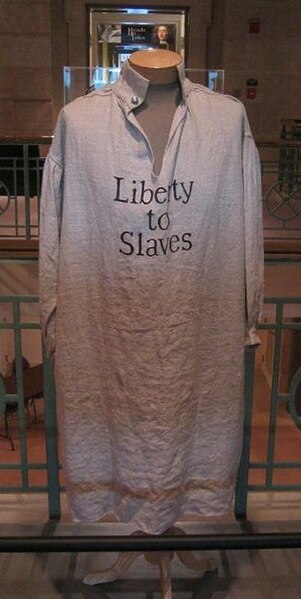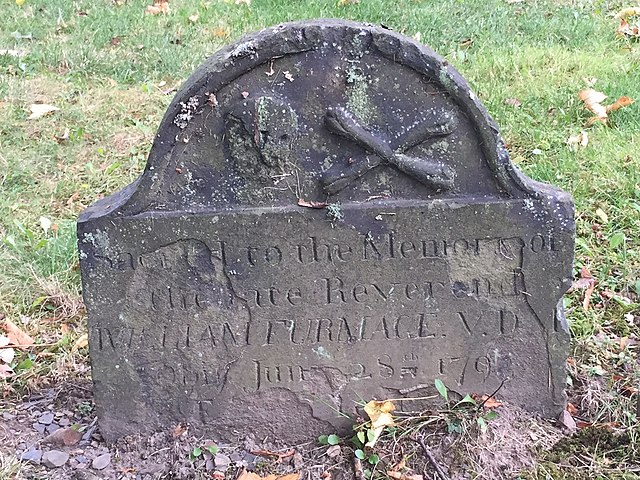Stephen Blucke or Stephen Bluck was a Black Loyalist in the American Revolutionary War and one the commanding officers of the British Loyalist provincial unit, the Black Company of Pioneers. He was one of 3,000 people who left New York for Nova Scotia on British ships. He settled in a town designed for African-Americans, Birchtown, Nova Scotia. He was a leader in the town, called a magistrate and commissioned as lieutenant colonel of the Black Militia of the greater Shelburne district by Governor John Parr. He worked with a surveyor to identify the area that would become Birchtown and was involved in coordinating labour for roads and other public works. He lived the life of a middle-class person while his neighbors lived a life of poverty. He had a substantial well-built house, while most people lived in simple housing. He was a go-between for employment of some of the townspeople in labor or similar jobs.
Port Rosey, now Shelburne, today
Henry Sandham, The Coming of the Loyalists
Black Loyalists were people of African descent who sided with the Loyalists during the American Revolutionary War. In particular, the term refers to men who escaped enslavement by Patriot masters and served on the Loyalist side because of the Crown's guarantee of freedom.
Smock similar to those worn by Black Loyalist soldiers in Lord Dunmore's Ethiopian Regiment
Reverend William Furmage, Old Burying Ground (Halifax, Nova Scotia), Huntingdonian Missionary to the Black Loyalists; established school for Black students in Halifax (1786)
Lawrence Hartshorne, d. 1822, a Quaker who was the chief assistant of John Clarkson in helping the Black Nova Scotian Settlers emigrate to Sierra Leone (1792), Old Burying Ground (Halifax, Nova Scotia)





